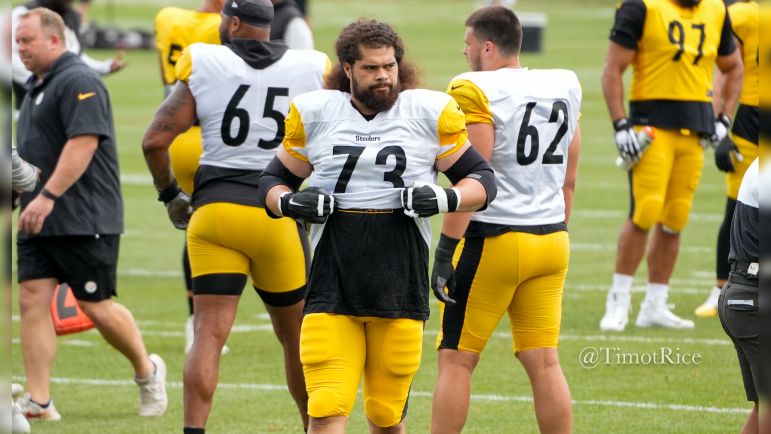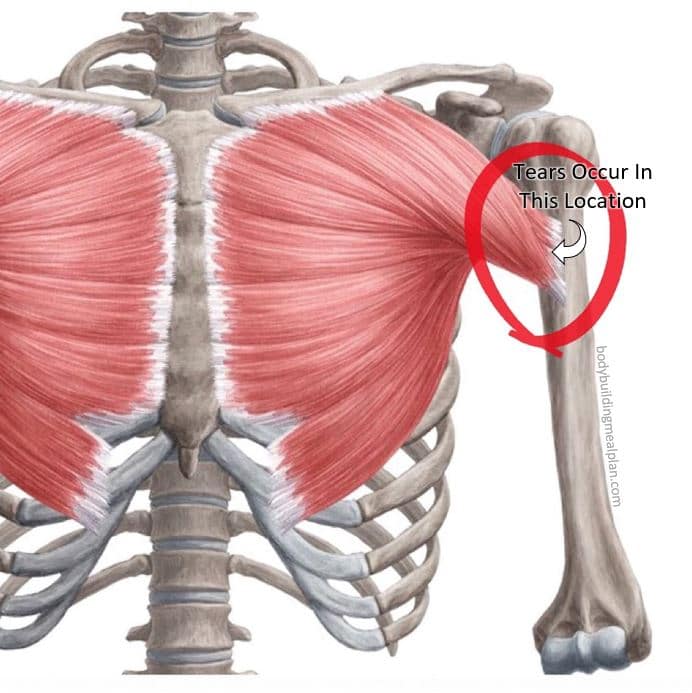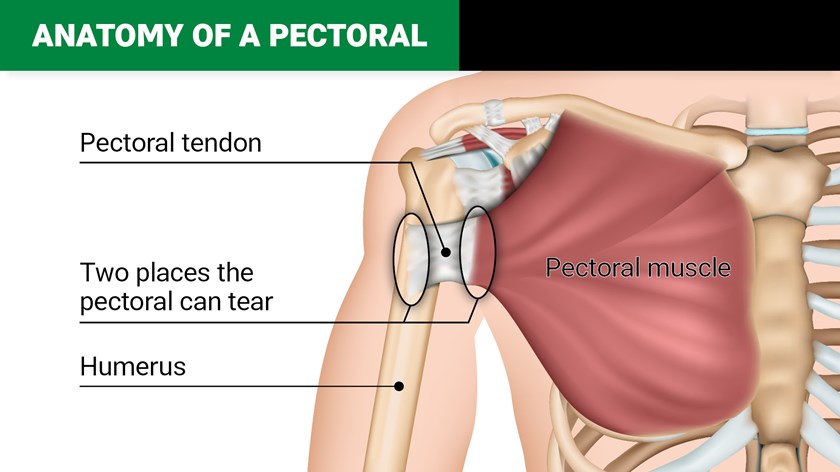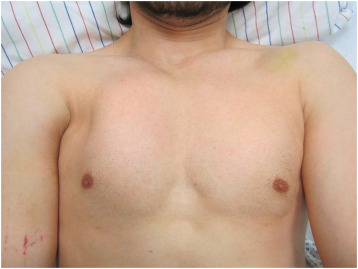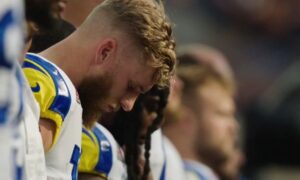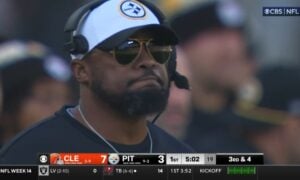The Pittsburgh Steelers were careful with their veteran starters during the summer, holding them out of practices during training camp and keeping them on the sidelines during the preseason games for the most part. Despite this caution, starting left guard Isaac Seumalo sustained a pectoral injury in practice Wednesday, and initially it seemed his entire season may be in jeopardy.
Fortunately, it does not seem that severe, as reports surfaced that it was a pectoral strain rather than a full tear.
Unlike a sprain, which involves a ligament, a strain is an injury to a muscle or tendon.
THE ANATOMY
The pectoralis major muscle originates on the sternum (breastbone) and the clavicle (collar bone). It covers the rib cage and inserts, or attaches to, the humerus (the long bone of the upper arm). A tendon attaches the muscle to the humerus.
The pectoralis major may tear or rupture in various parts of the muscle. Most pectoral injuries involve a rupture of the tendon off the humerus bone. There appears to be a correlation between the mechanism of injury and site of rupture. Tears of the muscle belly are more common with direct trauma. Indirect trauma leads to tearing of the muscle from the tendon or the tendon from the bone. The muscle can also tear off the sternum, which is really rare.
When a pectoral tear occurs in an NFL player, it typically involves the tendon that attaches the muscle to the humerus – either the muscle tears from the tendon or the tendon tears from the bone. Either tear can be partial, like a frayed rope, or complete.
THE INJURY
With the injury occurring during practice, there is no video to review. It is likely that Seumalo knew something was wrong as soon as it happened. Athletes often feel a pop and immediate pain when a pectoral injury occurs. With a full tear of the tendon, the muscle can visibly retract onto the chest.
Seumalo would almost certainly have undergone an MRI, which would provide details on the structural integrity of the tendons and muscle.
SURGICAL REPAIR
If the tendon has been torn away from the bone, surgical treatment is recommended, especially when it involves high-level athletes. Surgery yields excellent results as far as return to pre-injury strength.
The repair is performed through an incision on the upper arm, and the tendon is anchored to the humerus. When the tendon has torn off the bone, that is the most straightforward repair. The tendon is secured to the bone with sutures. When the muscle tears from the tendon, the repair is more difficult, as the muscle fibers don’t hold the suture well. A variety of techniques have been developed to secure the muscle back to the tendon.
You can see an animated version of a pectoralis tendon repair here, courtesy of Dr. Howard Luks.
NON-OPERATIVE MANAGEMENT
For partial tears of the muscle, surgery is usually not needed. As you can imagine, suturing muscle fibers doesn’t really provide any benefit, as the suture material will just pull through the muscle. The muscle fibers will heal over time without surgery.
RECOVERY TIME
So what about returning to play if no surgery is needed? We have several examples from past Steelers teams. In the 2020 season opener against the New York Giants, right guard Stefen Wisniewski, while filling in for an injured David DeCastro, sustained a pec injury. He was placed on injured reserve but was cleared to return to practice on Oct. 14, exactly four weeks after his injury. He was activated prior to the 21-day deadline but was released three days later and then signed by the Kansas City Chiefs. The general consensus at the time was that Wisniewski had recovered well but that the Steelers let him go because the team had greater roster needs at other positions.
In 2013, left guard Ramon Foster sustained a mild pectoral injury and only missed one game. In 2021, quarterback Ben Roethlisberger did not miss any games following a pectoral injury. That wasn’t the case for outside linebacker T.J. Watt in 2022, of course. His injury was more significant, and he was out for seven games.
Players recover a lot faster when the injury is mild enough that they do not need surgery. A 2019 review of NFL players treated for pectoral injuries over 15 seasons found 132 strains and 79 complete ruptures. Of the players with strains, only 10 required surgery and the mean return to play for those treated with rehab alone was only 28 days. The 52 players with complete ruptures who required surgery had a mean return to play of 147 days.
A 2021 study looked at Pro Football Focus’ rankings of NFL players before and after repair of pectoralis injuries. They found 79 percent of the 63 players with pectoralis ruptures reviewed were defensive players. Over 85 percent of the players returned within one year of their injury. There was no statistically significant decrease in the PFF grades for any player evaluated. Linebackers averaged a PFF grade of 63.5 prior to injury and 61.4 following return from surgery.
When Isaac Seumalo returns to practice and eventually games, he will almost certainly be wearing a brace, as Watt did. For an offensive lineman, that may not be as limiting as it would be for an EDGE rusher.
Per NFL Network’s Mike Garafolo, Seumalo will likely miss four weeks. While losing one of the anchors of the offensive line is not ideal, it could have been so much worse. Based on all the reporting yesterday, it looks like Seumalo could be back as soon as the Steelers’ Week 4 trip to Indianapolis to face the Colts.
“Melanie H. Friedlander, M.D., F.A.C.S. is a doctor at Association of South Bay Surgeons in Torrance, California. Dr. Friedlander enjoys all aspects of general surgery, but her primary areas of focus are breast surgery and advanced laparoscopic surgery. She recently adopted an advanced, minimally invasive technique that reduces scar size in thyroid surgery. Dr. Friedlander is a member of the Society of American Gastrointestinal Endoscopic Surgeons (SAGES) and the Society of Laparoscopic Surgeons. She developed and published many scientific studies in highly esteemed medical journals.”

